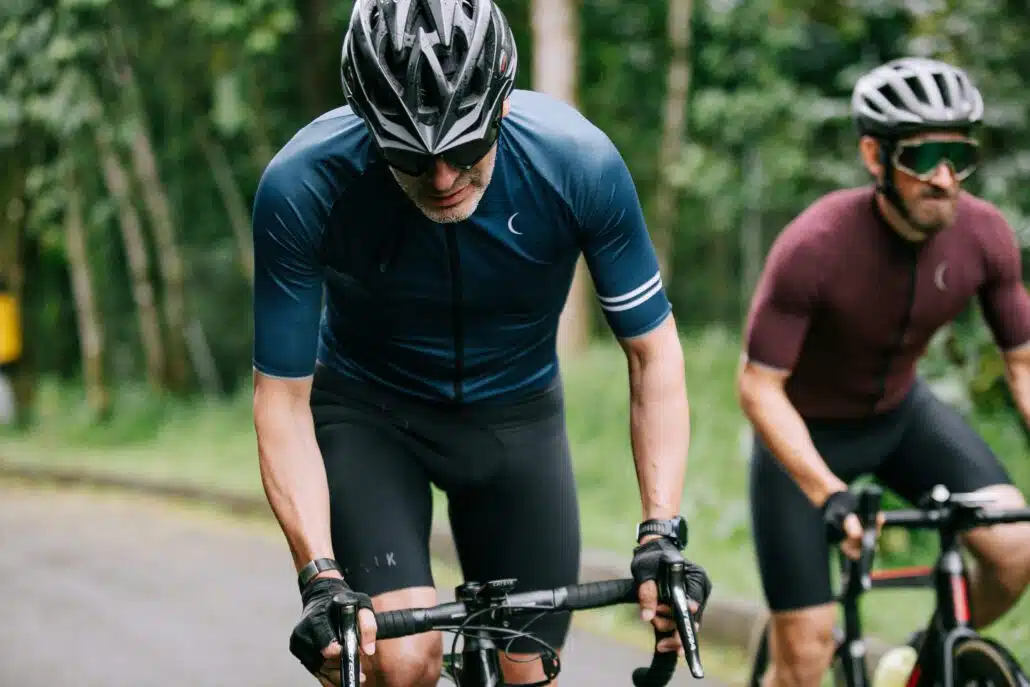In today’s world of modern textiles, few fabrics offer the stretch, comfort, and durability of elastane. Commonly known by brand names like Lycra or Spandex, elastane has revolutionized the fashion and sportswear industries. But what exactly is elastane fabric? How is it made? And why has it become such a staple in everything from leggings to lingerie?
Whether you’re a designer, manufacturer, or simply a curious shopper, this blog post will give you a comprehensive understanding of elastane fabric, covering its history, composition, characteristics, applications, care tips, and more.

What Is Elastane Fabric?
Elastane is a synthetic fiber known for its exceptional elasticity. It is composed primarily of polyurethane, which is created through a chemical reaction between a polyester or polyether and a diisocyanate.
Although elastane is never used alone in clothing, it is often blended with other fibers such as cotton, polyester, or nylon to add stretch and flexibility. Typically, elastane makes up anywhere from 2% to 30% of the final textile blend, depending on the garment’s intended use.
A Brief History of Elastane
Elastane was first invented in 1958 by chemist Joseph Shivers at DuPont, an American chemical company. The goal was to create a fiber that could stretch significantly yet return to its original shape—ideal for replacing rubber in garments like bras, girdles, and swimwear.
DuPont branded the fiber as Lycra, which remains one of the most recognized names for elastane worldwide. In other regions, particularly North America, elastane is often referred to as Spandex, an anagram of “expands.”
How Elastane Is Made
Creating elastane involves a series of complex chemical and mechanical processes:
Polymerization: Raw materials like polyester or polyether react with diisocyanates to form a prepolymer.
Chain Extension: The prepolymer is combined with a chain extender to create polyurethane.
Spinning: The polyurethane is forced through spinnerets (tiny holes) to form fibers.
Curing and Finishing: The fibers are then cured and treated with heat and chemicals to stabilize the elasticity.
Winding: Finally, the fibers are wound into spools and are ready to be blended with other fibers.
Key Characteristics of Elastane Fabric
Elastane stands out in the textile industry due to its unique combination of features:
1. Extreme Stretch
Elastane can stretch up to 5–8 times its original length and return to its original shape without permanent deformation.
2. Soft and Lightweight
Despite its stretchiness, elastane remains light, smooth, and soft to the touch, enhancing comfort in fitted garments.
3. Durability
When blended properly, elastane enhances a fabric’s resistance to wear and tear. It resists wrinkles, shrinkage, and pilling.
4. Moisture-Wicking
Elastane has excellent moisture-wicking properties, making it ideal for sportswear and performance clothing.
5. Shape Retention
Elastane helps garments maintain their shape over time, even after repeated washing and wearing.
Common Uses of Elastane
Because of its versatile nature, elastane is used in a wide range of clothing items and textile products:
1. Sportswear and Activewear
Elastane is essential in yoga pants, leggings, compression garments, and gym wear. It offers flexibility and muscle support during movement.
2. Swimwear
Blended with nylon or polyester, elastane makes swimwear comfortable, tight-fitting, and quick-drying.
3. Undergarments
Bras, underwear, shapewear, and socks often contain elastane for stretch and comfort.
4. Denim and Trousers
Modern jeans often contain 1–5% elastane to add comfort and prevent sagging.
5. Fashionwear
Bodycon dresses, fitted tops, and jackets use elastane to contour the body and provide a flattering fit.
6. Medical Applications
Elastane is used in compression garments for circulation issues, post-surgical recovery wear, and orthopedic supports.
Advantages of Using Elastane in Textiles
Here’s why elastane is so widely used and loved:
Enhanced Comfort: Adds stretch and softness to garments.
Better Fit: Provides a snug fit without tightness or restriction.
Improved Durability: Increases the lifespan of garments.
Aesthetic Appeal: Allows for body-hugging and figure-enhancing clothing.
Shape Memory: Maintains the shape of clothes after multiple wears and washes.
Disadvantages and Limitations
Despite its many advantages, elastane has some downsides:
Heat Sensitivity: High heat can damage elastane fibers. Avoid ironing or drying on high settings.
Not Breathable Alone: When not blended with natural fibers, elastane may feel less breathable.
Environmental Impact: Elastane is non-biodegradable and contributes to microplastic pollution.
Chemical Sensitivity: Some individuals may be allergic to elastane or the dyes used in processing.
How to Care for Elastane-Blend Garments
To keep your elastane clothing in great condition:
Wash in Cold Water: Use a gentle cycle and avoid hot water.
Avoid Fabric Softeners: These can degrade elasticity over time.
Air Dry When Possible: Heat from dryers can damage the fibers.
Store Properly: Fold instead of hanging tight-fitting elastane garments to avoid stretching.
Elastane vs. Other Stretch Fabrics
Let’s compare elastane with other similar stretch fabrics:
| Fabric | Stretch Type | Common Use | Key Feature |
|---|---|---|---|
| Elastane | 4-way stretch | Activewear, swimwear | Excellent recovery |
| Rubber | Natural stretch | Old shapewear, gloves | Heavier and less durable |
| Knitted cotton | 2-way stretch | Casual wear | Natural fiber, less recovery |
| Neoprene | Limited stretch | Wet suits | Insulating, thick |
Elastane wins in terms of performance, comfort, and durability when blended with other fabrics.
Eco-Friendly Alternatives and Innovations
As sustainability becomes a top priority in the textile industry, researchers and brands are developing greener versions of elastane:
Roica™ Eco-Smart: A stretch fiber partially made from recycled materials.
Creora® eco-soft: Developed with reduced energy and water usage.
Biodegradable Elastane: Still in development, but early versions show promise for decomposing after disposal.
Some brands are also opting for recycled polyester–elastane blends or incorporating organic cotton with elastane to reduce environmental impact.
Trends in Elastane Fabric Usage
The demand for comfort and stretch has reshaped consumer expectations, especially post-pandemic. Here are a few ongoing trends:
Athleisure Boom: Stretchy, hybrid garments are dominating casual fashion.
Inclusive Sizing: Elastane helps create plus-size clothing that is flattering and comfortable.
Shapewear Evolution: Modern shapewear is lighter, seamless, and more wearable thanks to elastane.
Sustainable Stretch: More eco-conscious consumers are seeking stretch garments that are both ethical and functional.
Final Thoughts
Elastane may only make up a small percentage of a fabric blend, but its impact is monumental. It brings comfort, performance, and style together—making it indispensable in today’s textile world.
Whether you’re shopping for new clothes, developing a product line, or just exploring fabric knowledge, understanding elastane can help you make better choices and appreciate the innovation behind your garments.
Have Questions or Want to Work with Elastane Fabrics?
If you’re a designer, clothing brand, or manufacturer looking to incorporate elastane fabrics into your products, we’d love to help. We specialize in high-quality stretch garments, including custom activewear, tracksuits, and plus-size collections.
Contact us today to explore your options and get started on your next collection!
